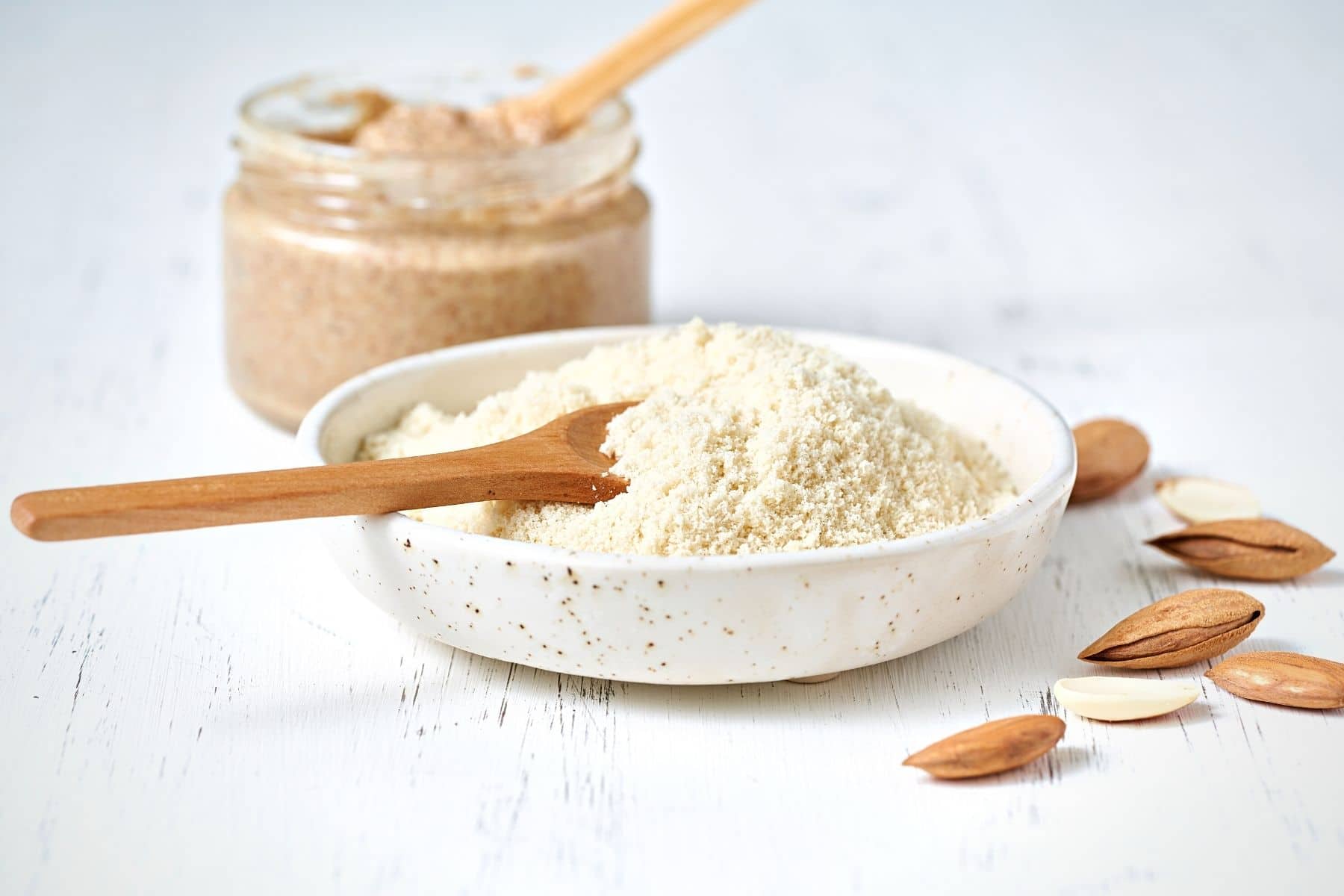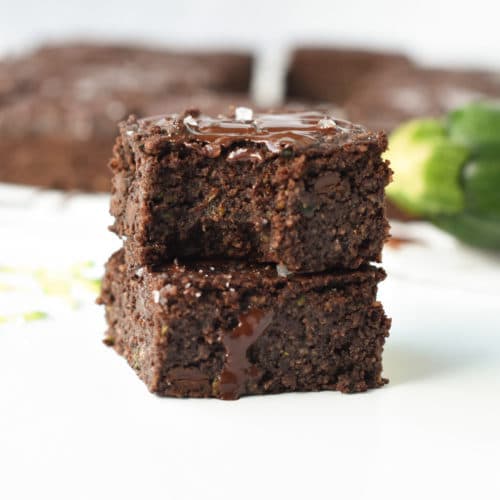Almond Flour Recipes
This recipe may contain Amazon or other affiliate links. As an Amazon Associate I earn from qualifying purchases.
Almond Flour is one of the best low-carb flours to replace all-purpose flour in keto and gluten-free recipes.
It’s easy to find, tastes delicious and there’s an endless list of recipes you can make with it.
I’ve listed below my favorite Almond Flour Recipes to enjoy anything from a sweet breakfast treat to a yummy side dish, a classic bread loaf, or an almond flour cake.

What Is Almond Flour?
Almond Flour is a low-carb flour made with ground almonds. It has just about 10 grams of net carbs per 100 grams (compared to more than 75 grams for all-purpose flour.
It is similar in use to coconut flour, but not interchangeable.
There are various types of ground almonds, that may have different names when purchased in grocery stores.
- Almond Meal: almond meal is typically a coarser version of ground almond. While it works fine in some recipes, many almond flour recipes actually require a finer version.
- Almond Flour: when called almond flour, ground almonds are most of the time much finer than in the almond meal alternative. It is the preferred option for almond flour recipes.
The other choice you might find is between blanched and unblanched almonds.
- Blanched Almond Flour refers to a flour made from almonds that had their skin peeled generally by boiling.
- Unblanched Almond Flour, on the other hand, is made with whole almonds with their brownish skin still on. As a result, unblanched almond flour is slighlty darker in taste.
There is almost no nutritional difference between the two, and any nutrients that are lost in the blanching process are likely to be lost in baking anyways.
When cooking, unblanched almond flour tends to give a slightly darker color as well as a mildly grittier texture to the food.
Is Almond Flour Healthy?
Almond flour is full of vitamins, minerals, and antioxidants (values are per 1/4 cup serving):
- Minerals: Manganese (31% RDI), Magnesium (19% RDI), Copper (16% RDI), Phosphorous (13% RDI), Calcium, Iron
- Vitamins: Vitamin E (35% RDI)
- Macronutrients: Fat (14 grams), Net Carbs (2 grams), Fiber (3 grams), Protein (6 grams)
These properties may contribute to:
- Lowering Blood Sugar: compared to many other flour, its low carbohydrates content makes almond flour one of the lowest carb flours. Magnesium found in almond flour is also known to help with lowering blood sugar levels.
- Gluten-Free: Almond Flour has no gluten at all, so it’s suitable for celiac and gluten-intolerant people.
- Lowers Bad Cholesterol: regular consumption of almonds (not just almond flour) has been linked to a reduction in LDL cholesterol that can cause heart disease.
- Antioxidant: Vitamin E present in Almond Flour contributes to lowering the free radicals in the bloodstream which in turns reduces oxidative stress.
Frequently Asked Questions
Yes, almond flour doesn’t contain any gluten and is fine to consume for anyone with gluten intolerance or gluten allergies.
Yes, it’s possible to make your own almond flour by grounding almond in a strong food processor, but you might find it hard to get it as fine as a store-bought version.
No, almond meal is typically coarser than almond flour.
In many cases, almond flour can be substituted for regular flour at a 1:1 ratio but almond flour requires more binding agents than regular flour (typically eggs, flaxseed eggs, or even applesauce). So it’s not as simple as just swapping one flour for the other.
Yes, Almond Flour is one of the most keto-friendly flours with only 10 grams of net carbs per 100 grams (7.5 times less than all-purpose flour).
Yes, almond flour can be spoilt by water, pantry bugs, or just oxidation. It has a shelf life of about a year, but it’s important to keep it in a cool, dry place, away from direct sunlight to keep it good for as long as possible.
Almonds Flour is safe for dogs, as any other almond product. However, keep in mind that chocolate and xylitol (a sugar-free sweetener occasionally used by keto dieters) are both potentially dangerous for dogs.
Yes, almond flour is a flour with one of the lowest Glycemic Indexes. As a result, it’s safe for diabetics in low amounts.
What Can I Make With Almond Flour?
I have made hundreds of recipes with almond flour from keto desserts to bread, muffins, crepes, or pancakes.
My absolute favorite ones are listed below.
Conclusion
I hope you enjoy all these Almond Flour Recipes, get in touch if you made any of them.
Posted In:
Disclaimer
The recipes, instructions, and articles on this website should not be taken or used as medical advice. The nutritional data provided on Sweetashoney is to be used as indicative only. The nutrition data is calculated using WP Recipe Maker. Net Carbs is calculated by removing the fiber and some sweeteners from the total Carbohydrates.
You should always calculate the nutritional data yourself instead of relying on Sweetashoney's data. Sweetashoney and its recipes and articles are not intended to cure, prevent, diagnose, or treat any disease. Sweetashoney cannot be liable for adverse reactions or any other outcome resulting from the use of recipes or advice found on the Website.



































































Share this post!
If you enjoyed this post, share it with your close ones!
Leave a comment
Excelent